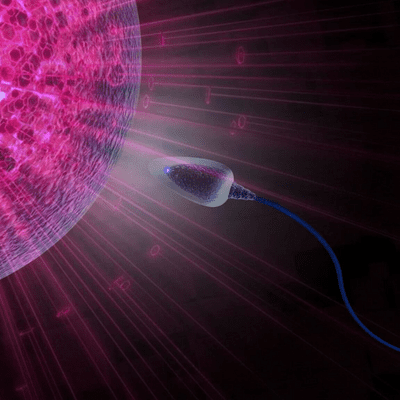
Microfluidic sperm selection in IVF involves the utilization of microscale devices designed to mimic the female reproductive tract environment, aiding in the precise selection of healthy and viable sperm for fertilization. In a normal physiological state, millions of sperm are released into the vagina, but only a few million sperm cells manage to reach the fallopian tube, and only capacitated sperm cells can eventually penetrate the oocyte membrane for fertilization. Conventionally, sperm sorting procedures rely on centrifugation processes, which generate oxidative stress and cell damage detrimental to IVF/ICSI outcomes, affecting fertilization and implantation chances. The microfluidic sperm selection technique has shown promise in addressing these issues, providing a platform for isolating and manipulating high-quality sperm cells using motion gradients within microchannels. It has been suggested that increased concentrations of DNA fragmentation are associated with higher chances of miscarriage and potential recurrent pregnancy loss. Overall, microfluidic sperm selection holds the potential to improve IVF success rates by offering a more effective and efficient method of selecting optimal sperm for fertilization.
The following are the benefits of microfluidics that make things more efficient for patients:-